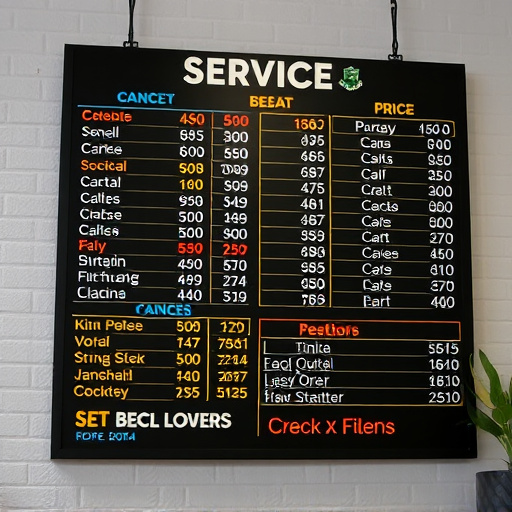Heat isolation chamber designs offer advanced solutions for controlled environments with specialized materials and ventilation strategies that minimize heat transfer. The key components include a cold air intake (CAI) heat protection shield, ensuring internal temperature stability by facilitating cool air flow while deflecting radiant heat. These chambers are essential in manufacturing, aerospace, and automotive industries for precise testing and product development, as well as in research facilities for managing consistent temperatures.
Heat isolation chambers are revolutionary components in various industries, offering unparalleled temperature control. This article explores the intricacies of these advanced designs, focusing on how they mitigate environmental effects. We delve into the core concepts, uncovering the importance of cold air intakes and heat protection shields for optimal performance. From industrial processes to technological advancements, understanding these chamber designs is key to unlocking efficient, sustainable operations. Learn about their diverse applications and benefits, especially in sectors demanding precise temperature management.
- Understanding Heat Isolation Chamber Designs
- Components of an Effective Cold Air Intake and Heat Protection Shield
- Application and Benefits of Heat Isolation Chambers in Various Industries
Understanding Heat Isolation Chamber Designs

Heat isolation chamber designs are an innovative solution for creating controlled environments, offering exceptional heat protection and efficient temperature regulation. These chambers are engineered to maintain optimal conditions by minimizing heat transfer, making them indispensable in various industries, from research to manufacturing. The core concept revolves around utilizing specialized materials and clever ventilation strategies to create a barrier against external temperatures.
One critical component of these designs is the cold air intake heat protection shield. This shield acts as a guard, preventing hot air from infiltrating the chamber while allowing a steady flow of cold air to maintain internal temperature stability. By carefully managing airflow and utilizing advanced insulation techniques, these chambers can provide a safe haven for sensitive materials or experiments that require precise thermal control, ensuring consistent performance and accuracy in various applications.
Components of an Effective Cold Air Intake and Heat Protection Shield

An effective cold air intake (CAI) and heat protection shield are integral components of a well-designed heat isolation chamber. The CAI plays a crucial role in ensuring optimal engine performance by providing a direct, undisturbed path for cool, dense air to enter the engine. This involves carefully selecting materials that can withstand high temperatures while minimizing heat transfer, such as aluminum or fibreglass. The heat protection shield, on the other hand, is designed to deflect and absorb radiant heat from external sources, preventing it from reaching sensitive components inside the chamber.
These shields often incorporate advanced insulation technologies, like ceramic or aramid fibres, to create a barrier that reflects infrared radiation and prevents thermal conduction. Proper design and placement of these components are essential for maintaining ideal operating temperatures, enhancing engine efficiency, and ensuring the longevity of the isolation chamber’s internal mechanisms.
Application and Benefits of Heat Isolation Chambers in Various Industries

Heat isolation chambers, designed to regulate internal temperatures, offer a multitude of benefits across various industries. These specialized compartments are particularly valuable in environments where extreme temperature variations pose challenges. For instance, in manufacturing plants dealing with high-heat processes, insulation chambers can protect equipment and sensitive materials from external cold air intake, ensuring optimal operating conditions.
The application extends to sectors like aerospace and automotive, where heat protection shields are crucial for testing materials and components under controlled temperature conditions. By creating a barrier against external elements, these chambers enable precise experimentation, accurate data collection, and enhanced product development. This technology is also pivotal in research facilities, allowing scientists to study and analyze phenomena that require consistent temperature management.
Heat isolation chambers, with their sophisticated designs incorporating advanced cold air intake and heat protection shields, offer a multitude of benefits across various industries. By understanding the key components that contribute to their effectiveness, we can harness the power of these chambers to optimize performance, enhance efficiency, and mitigate environmental impact. As the demand for innovative solutions continues to grow, the application of heat isolation chamber designs will undoubtedly revolutionize industries, ensuring sustainability and superior outcomes.














